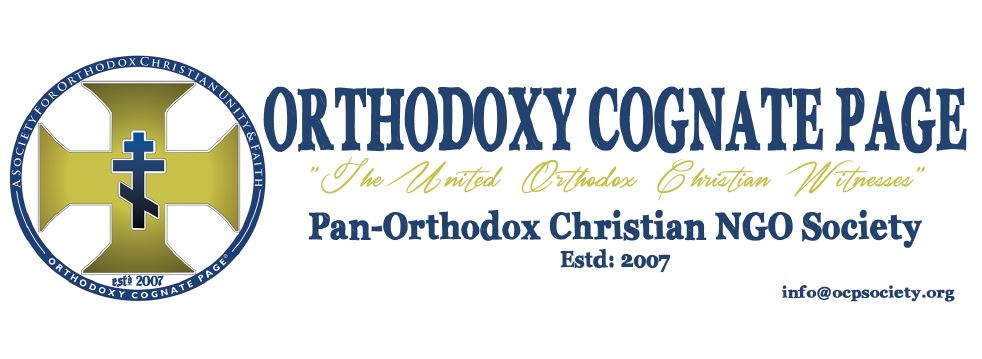The Meeting of the Lord

February 2015
According to the Law of Moses, all Hebrew parents must bring their first born son on the fortieth day after birth to the Temple to be consecrated to God. It was the custom to bring a sacrifice in thanksgiving to God. The law was established in remembrance of the exodus of the Hebrews from Egypt — freedom from slavery — when the first-born Hebrews were spared from death.
In fulfilment of this law, the Mother of God with Joseph brought the infant Jesus to the Temple in Jerusalem and brought for the sacrifice two fledgling doves.
At this time in Jerusalem, there lived an old man by the name of Simeon. He was a righteous, pious man, and he awaited the coming of the Messiah. It was foretold to him by the Holy Spirit that he would not have died before he had seen Christ the Lord. Simeon waited for the fulfilment of the promise of God for a long time. According to tradition, he lived about 300 years. Then, one day, by the inspiration of the Holy Spirit, he went to the Temple. When Mary with Joseph brought the infant Jesus, Simeon met the Child, took Him in his arms, and glorifying God said, “Now lettest Thou Thy servant depart in peace, O Master, according to Thy word, for mine eyes have seen Thy salvation, which Thou hast prepared before the face of all peoples, a light of revelation for the Gentiles, and the glory of Thy people Israel.”
Simeon called the newborn Lord as “a light to enlighten the Gentiles” (that is, all the tribes and nations) and “the glory of Thy people,” — that is, “Israel.” There are two Israels: in the Old Testament and in the New Testament. In the Old Testament, it was the chosen Hebrew people or Israelites, and in the New Testament — the whole Orthodox Christian world.
Joseph and the Mother of God marvelled at the words of Simeon. Simeon blessed them; and turning to the Mother of God, he prophesied to Her about the Child: “Behold, this Child is set for the fall and rising again of many in Israel; yea, a sword shall pass through Thy own soul, also.” The meaning is that She Herself would endure profound grief over Her Son when He would suffer.
There was, in the Temple, the pious widow Anna, a prophetess, an eighty-four year old widow, who served God with fasting and prayers night and day. She recognized the Saviour and, coming in that instant, glorified the Lord and spoke of Him to all of those in Jerusalem who awaited the coming to earth of Christ the Saviour.
When they had performed all things according to the Law of the Lord, the Mother of God with the Child and Joseph returned home.
This event, in which Saints Simeon and Anna met in the Temple the infant Christ presented by the Mother of God and Joseph and glorified Him, is called the Feast of the Meeting of the Lord and is celebrated in the Holy Orthodox Church as one of the great feast days on the 2nd of February (February 15th NS).
The righteous Simeon is called the God-receiver, that is, he who received in his hands God the Saviour.
Note: See the Gospel of Luke, 2:22-39.
Troparion of the Feast.
Rejoice, Thou Who art full of grace, O Virgin Theotokos, for from Thee hath risen the Sun of Righteousness, Christ our God, enlightening those in darkness. Rejoice, thou also, O righteous Elder, as thou receivest in thine arms the Redeemer of our souls, Who also granteth unto us the Resurrection.

467389 669159This really is some great details. I expect additional facts like this was distributed across the web today. 412509
635326 141532Some genuinely quality blog posts on this web site, saved to fav. 93601
741242 609420I believe that a simple and unassuming manner of life is best for everybody, very best both for the body and the mind. 391739